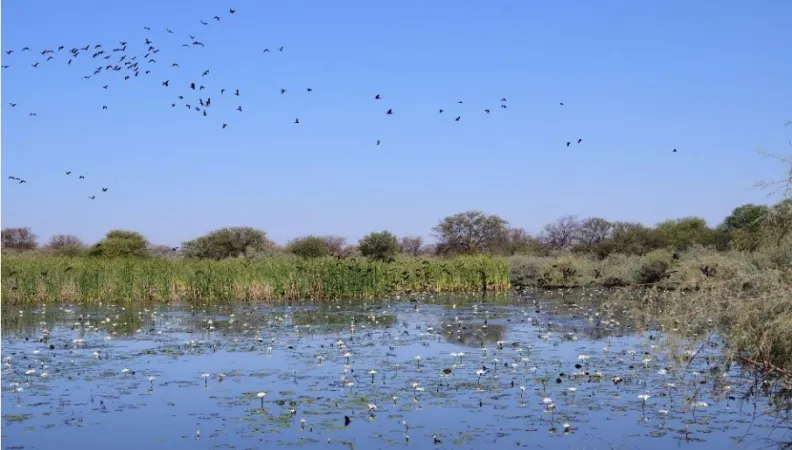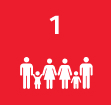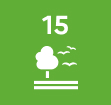Share the page
RESSOURCE + : Protect waterbirds in the large wetlands of the Sahel
Project


-
Project start date
-
Status
In progress
-
Estimated date of project termination
-
-
Project financing date
-
-
Financing duration
-
4 yars
-
Type of program
-
FFEM
-
Global financing amount
-
5 720 000 €
-
FFEM financing amount
-
1 700 000 €
-
Project lead member institution(s)
-
Ministère de la Transition écologique et de la Cohésion des territoires
-
Country and region
-
West Africa, Mauritania, Chad, Senegal
-
Location
-
Sénégal
-
Type of financing
-
Partners
-
CIRAD, FAO, EU, Tour du Valat
-
Beneficiaries
-
FAO
-
Type of beneficiary
-
International organisation



Essential to the Sahel’s economy and agriculture, large wetlands are threatened by climate change and human activities. The RESSOURCE+ project is helping to preserve their natural resources and in particular to halting the decline of waterbird populations.
Context
Rich in biodiversity, the large wetlands of the Sahel are home to millions of waterbirds, some of which contribute to food, eco-nomic and financial security of certain local communities. These Sahelian regions face the challenge of conservation and partic-ipatory integrated management of natural wetlands (functional ecosystems) in the face of habitat degradation and conflicts of use. Climate change and human activities are currently deteriorating these ecosystems: it is estimated that nearly 40% of water-bird populations are in decline, compromising the food and financial security of local populations.
Description
The RESSOURCE+ project seeks to address the dual issue of the sustainability of waterfowl harvesting (resource input) and wetland conservation (habitat input), through the implementation of a global approach (ecological, socio-economic and institutional) for sustainable management of resources and environments, based on local communities and the benefits they can derive from it.
The overall aim is to promote management that reconciles conservation with sustainable and legal exploitation of waterbirds and wetlands in the Sahelian belt, by and for the local communities that depend on them.
Finally, conservation actions, through the identification of sites of international importance for waterbirds, and according to the needs expressed by communities, management and development of value chains, will be developed in key wetlands.
Outcomes
- Promote management that combines conservation and sustainable use, by and for local communities.
- Strengthen national and local capacities in waterbird management.
Innovative and exemplary features
This project is in line with the priorities and strategy of FFEM in terms of biodiversity conservation, particularly that of wetlands, and seeks to response to the dual challenges of conservation and local development (and food security). The project will make it possible and harmonize, a unique, multi-disciplinary and multi-partner approach in various countries in the area, linking local, national and international scales of action (notably via the implementation, in the countries concerned, of the AEWA Agreement on the Conservation of African-Eurasian Migratory Waterbirds and the Ramsar Convention on Wetlands).
Learn more about phase 1 of the project
Sustainable Development Goals
ODD1 No poverty

ODD13 Climate action

ODD15 Life on land



